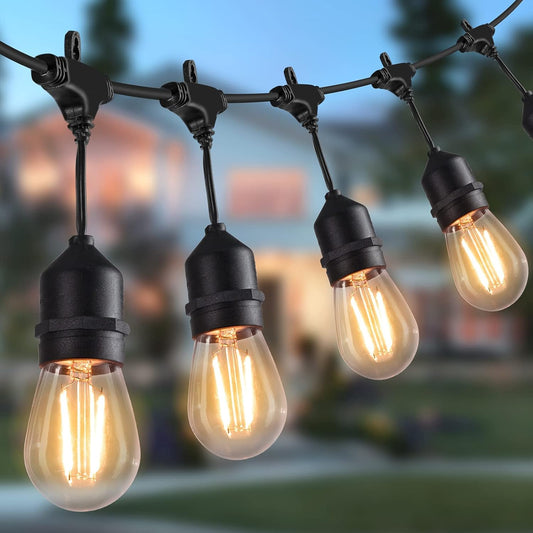Installation Introduction of LED Underwater Light
LED underwater light, also known as LED underwater light, is a type of underwater light. Simply put, it refers to a light installed underwater, with a small but elegant surface and a graceful and elegant appearance. Due to its placement in water, the difficulty of implementing lighting engineering has also increased, so the essentials of its utilization are very particular.
1、 The height of the lighting fixture should be appropriate
The average installation of LED underwater lights is about 50-100mm below the water surface. If it is too deep, it will affect the light efficiency, and if it is too shallow, it will affect the service life due to the violent impact of the falling water.
2、 The lighting fixtures are evenly distributed
LED underwater lights are designed to aim and illuminate a specific purpose, in order to determine the direction, target, and color of the light based on the approximate height of the purpose. When strong lighting is necessary, in environments without special requirements, it is better to choose several similar lamps than to use several high-power lamps. This pair of lamps brings convenience in stocking and repairing.
3、 The cables of the lighting fixtures should have satisfactory load capacity
The cross-sectional area of the cable conductor is the condition that facilitates the flow of current. If the area is too small, the consumption of current in the wire will increase, and the luminous power will greatly decrease; If the area is too large, the usage should be increased. The wire cross-section of a typical 12V100W LED underwater lamp should not be less than 2.5mm, and the wire cross-section of a 12V300W LED underwater lamp should not be less than 6mm. The lamp is not allowed to have cable ends directly connected in water.
4: The orientation of the transformer should be fair
The orientation of the transformer is directly related to the cable length of the LED underwater light and the brightness of the light fixture, so it should only focus on shrinking the cable length and reducing voltage consumption even when it is close to the edge of the pond. The transformer should be installed in a rainproof electrical box, or under a leisure chair, or in a hidden place in the construction of small components.
5、 The output voltage of the transformer should be appropriate
For LED underwater lights, a 12V/24V input voltage must be supplied, which is achieved through a transformer. The transformer only outputs 12V/24V voltage, but due to wire consumption, the overall voltage of the lamp will be lower than 12V/24V, and the brightness of the light will significantly decrease. One is to consider the length of the wire and its consumption, accurately supply the output voltage of the transformer, and store the input voltage of the lamp. Additionally, the cable length of the LED underwater lights on the unified transformer should be consistent to ensure even connection of brightness between the lighting fixtures.
6、 The input voltage should be firm
In fact, the input voltage also directly affects the lifespan and luminous effect of the lamp. Experimental evidence from Zhongshan Chuangyuan Lighting Technology Department shows that when the input voltage is 5% higher than the extra voltage, the lifespan will shrink by 50% of the characterization value; When it is 10% higher, as long as the lifespan reaches 30% of the characterization value, the brightness can increase, but the luminous power only increases by 20%; On the contrary, if the input voltage is 5% lower, the lifespan will be doubled while the luminous power will only be lost by 15%. So, some engineering companies, after weighing the pros and cons, would rather choose to use voltage reduction. The total load of the lighting power supply should be balanced across three phases; The selected transformers are all single-phase 220V input voltage, so when the transformers are connected to the power supply, the power of several transformers should be evenly distributed among the three phases to prevent electrical drawbacks caused by three-phase imbalance.





